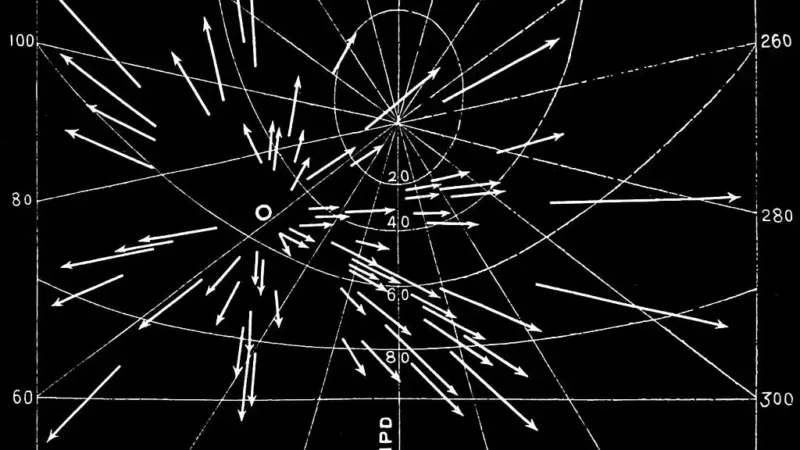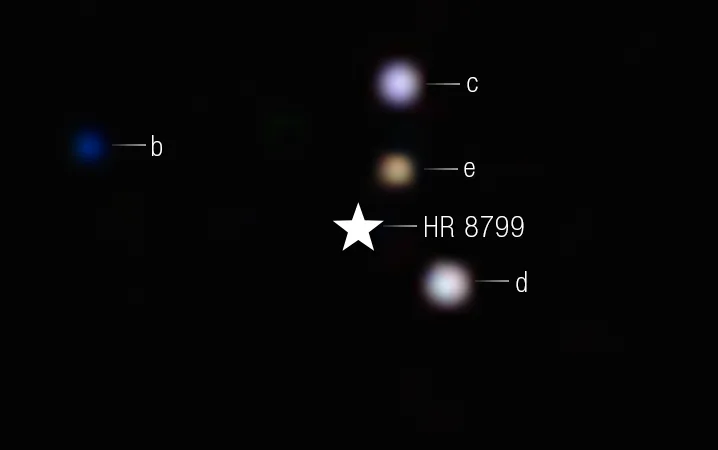The Science of Earthquake Origins: Understanding the Causes
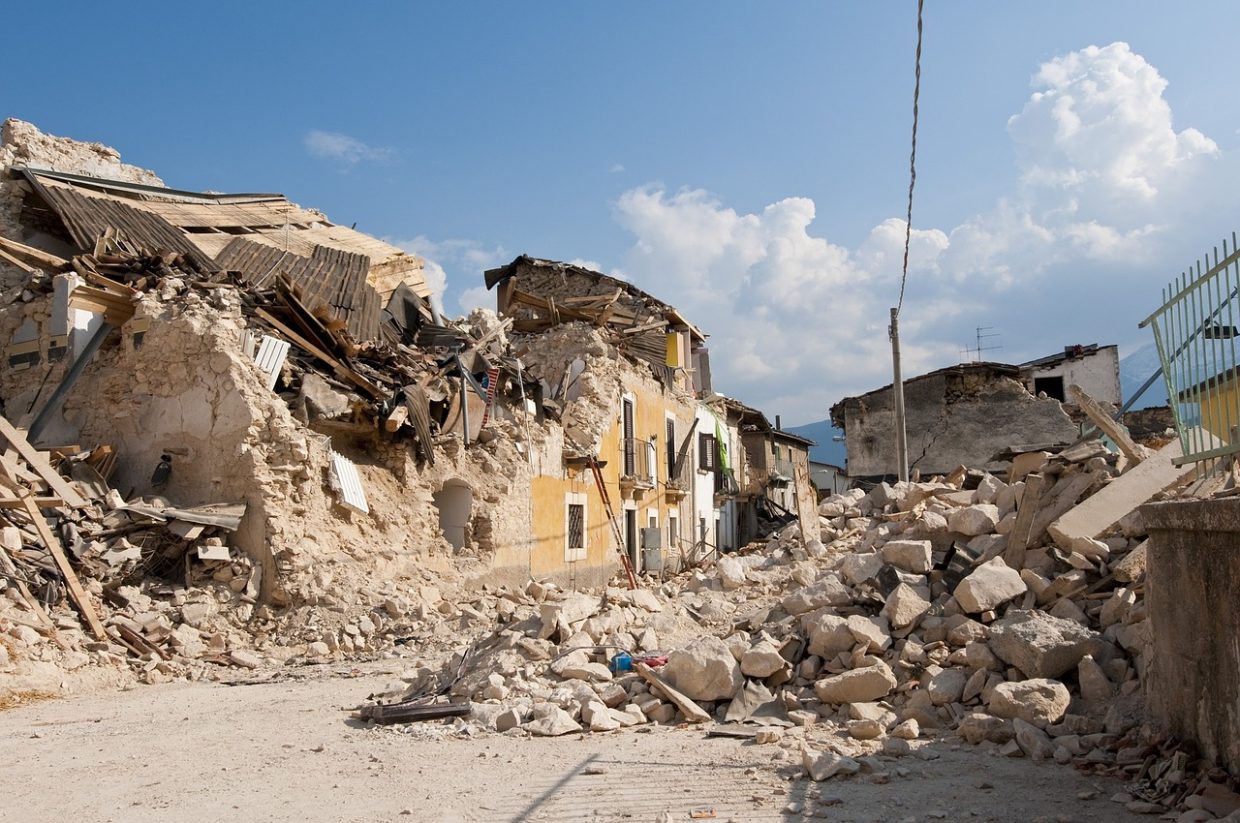
Earthquakes occur when there is a sudden movement along faults within the Earth. This movement releases stored-up energy in the form of seismic waves, which cause the ground surface to shake. Fault movement is typically a response to long-term deformation and the buildup of stress. Seismic waves from large earthquakes provide valuable information about the internal structure of the Earth. As these waves pass through the Earth, they are refracted, or bent, similar to rays of light passing through a glass prism. By analyzing the travel-time of seismic waves, we can map changes in density with depth and identify the different layers within the Earth.
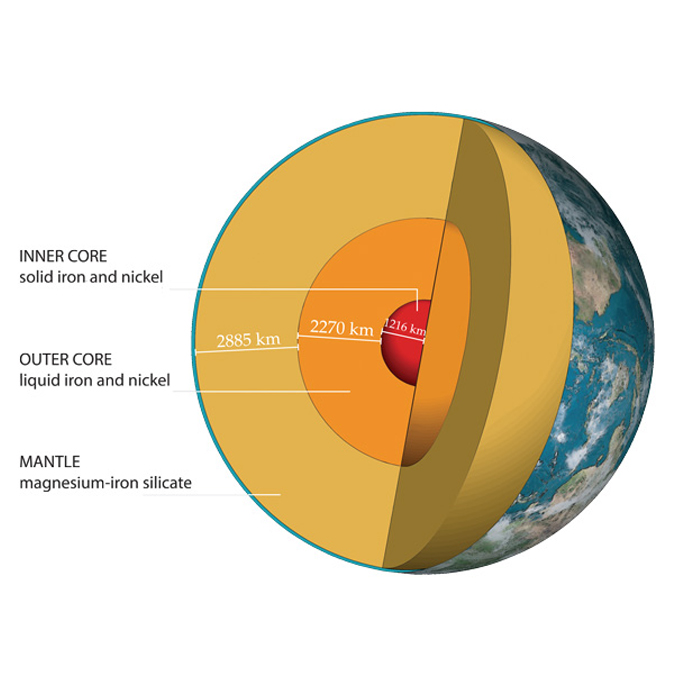
Earth’s Tectonic Plates
The Earth’s outermost layer is made up of approximately 15 major slabs called tectonic plates. These plates form the lithosphere, which consists of the crust (both continental and oceanic) and the upper portion of the mantle. Although tectonic plates move very slowly relative to each other, typically a few centimeters per year, the deformation at plate boundaries is significant and leads to earthquakes. It is observed that most earthquakes are associated with tectonic plate boundaries, and the theory of plate tectonics provides a simplified explanation for the global distribution of earthquakes. The characteristics of earthquakes can also be explained by the elastic rebound theory.
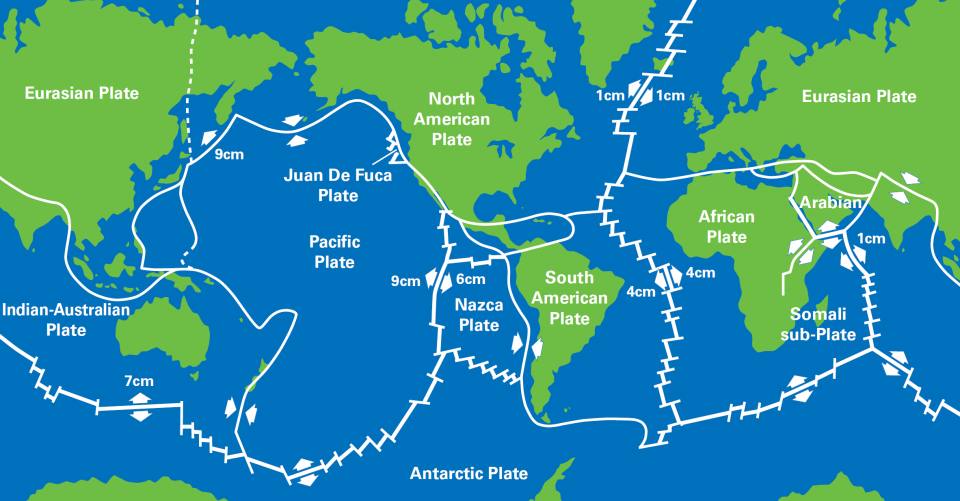
Driving Forces of Plate Movement
The movement of tectonic plates is driven by several proposed forces. One theory suggests that warm mantle currents, known as mantle convection currents, carry plates of lithosphere along like a conveyor belt. Another theory, ridge push, explains that the newly formed plates at mid-ocean ridges have a higher elevation than the colder, denser plate material further away, causing them to push away the lithosphere lying further from the ridge due to gravity. Slab pull, on the other hand, occurs when older, colder plates sink at subduction zones, pulling the rest of the warmer plate behind them. Research shows that slab pull is the major driving force for most plate movement, but recent studies also suggest that ridge push contributes to plate movement.
Exploring Plate Boundaries
There are three types of plate boundaries: divergent boundaries where plates move apart, convergent boundaries where plates come together, and transform boundaries where plates move past each other. These boundaries consist of a system of faults, and each type of boundary is associated with a specific type of fault – normal, reverse, or strike-slip faults. Understanding these fault types helps us comprehend the relative movement of plates and the resulting deformation.
Elastic Rebound Theory
Elastic rebound theory, proposed by geologist Henry Fielding Reid after the San Francisco earthquake in 1906, explains the deformation caused by earthquakes. Before an earthquake, stress builds up in the rocks along a fault, causing gradual deformation. Eventually, this deformation exceeds the frictional force holding the rocks together, resulting in sudden slip along the fault. This releases the accumulated stress, causing the rocks on either side of the fault to return to their original shape through elastic rebound, but they are offset on either side of the fault.
Types of Faults
There are three basic types of faults: normal fault, reverse fault, and strike-slip fault. During an earthquake, the rock on one side of the fault suddenly slips with respect to the other side. Faults can have a horizontal, vertical, or arbitrary angled surface. Faults are classified based on the angle of the fault with respect to the surface (known as dip) and the direction of slip along the fault. Dip-slip faults are those that move along the direction of the dip plane, while strike-slip faults can be either right-lateral or left-lateral. Oblique-slip faults exhibit both dip-slip and strike-slip motion.

